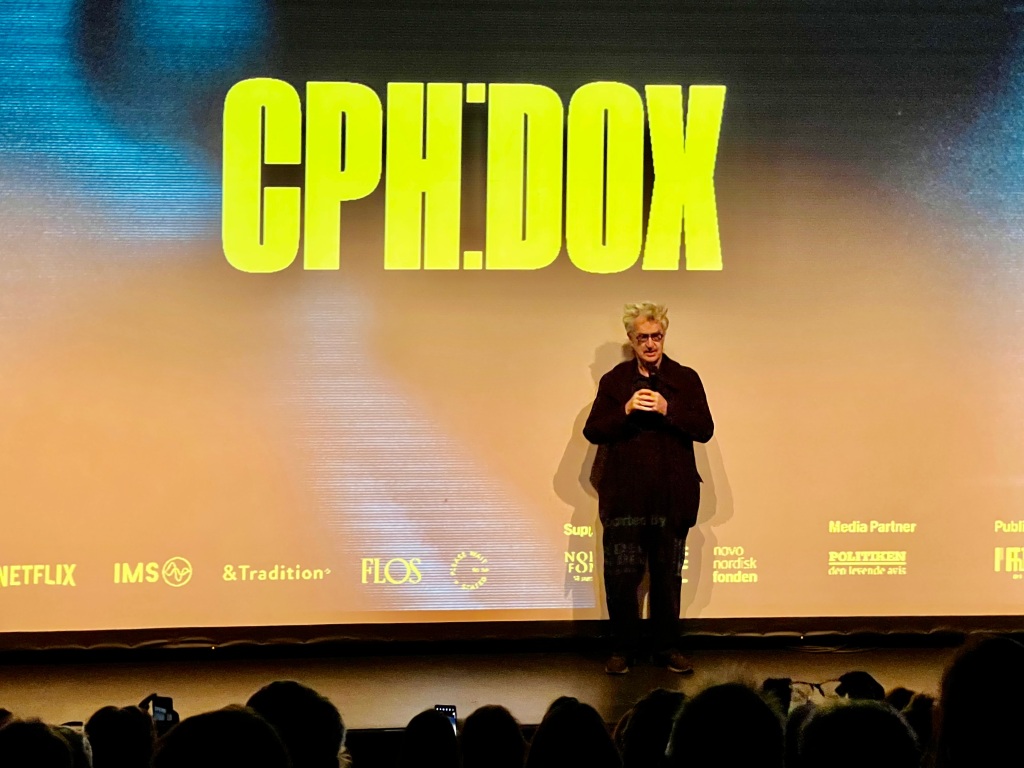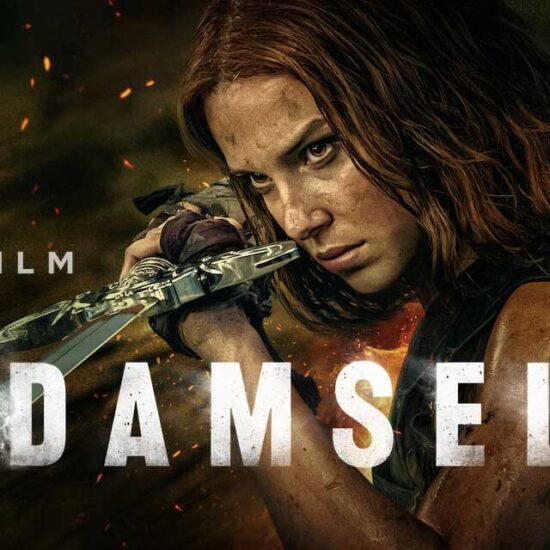
Whenever the Iranian regime feels threatened by public protest its reflex is to go after two groups: demonstrators, most assuredly, but also artists – especially filmmakers.
When protests surged in six provinces in May last year over rising food prices, the government promptly banged on the doors of two documentary filmmakers, Mina Keshavarz and Firouzeh Khosrovani, and arrested them. For good measure, law enforcement agents reportedly harassed numerous other filmmakers, seizing their communications equipment.
The May unrest appears mild compared to the uproar triggered in September 2022 by the death in police custody of Mahsa Amini, a 22-year-old woman arrested for allegedly not wearing her hijab in accordance with law. Security forces have attacked and killed an unknown number of demonstrators in the course of months of protests. The government also responded with an immediate clamp down on leading figures in Iranian cinema, detaining or imprisoning Jafar Panahi, Mohammad Rasulof, and Mostafa al-Ahmad. In January, 81-year-old director Masoud Kimiai reportedly was prevented from traveling from Iran to the Rotterdam Film Festival to show his latest work.
A person holds a copy of Iranian magazine Andisheh reporting on the death of Mahsa Amini.
Photo by ATTA KENARE/AFP via Getty Images
“Iranian cinema has had always a great voice and was always transporting to a wider audience,” noted Iranian-born film producer and curator Afsun Moshiry during a conversation with Deadline at CPH:DOX in Copenhagen. “This is, of course, why this wants to be controlled by a regime that wants actually to be controlling everything.” She says Iranian authorities fret over “how they are represented… what kind of critique of society is within the film.”
Moshiry came to CPH:DOX with the legendary German filmmaker Wim Wenders to unveil a program of six nonfiction shorts made by Iranian directors, some based in Iran and others working in exile. The Wim Wenders Foundation sponsored the project, titled A Sense of Place. All six of the films resulted from a close collaboration between Wim Wenders, filmmaker Hella Wenders (Wim Wenders’ niece) and the six Iranian directors: Mohammadreza Farzad (Hollow), Shirin Barghnavard (Density of Emptiness), Azin Faizabadi (Shadowless – In Transit), Pooya Abassian (Mal Tourné), Afsaneh Salari (Great Are the Eyes of a Dead Father), and Mina Keshavarz (Phobos).

‘Phobos,’ directed by Mina Keshavarz
Courtesy of CPH:DOX
Keshavarz, as noted above, was among the directors arrested last year. Wenders expounded on why cinema is perceived as such a threat by an authoritarian regime like Iran’s.
“The idea of change is immanent to filmmaking, I think, and to movies,” Wenders told Deadline. “Only utterly commercial films present a world that should stay the way it is. Only the most commercial filmmaking is not promoting the idea of change. Any independent filmmaking… as such, is promoting change. And that of course is dangerous for any regime that doesn’t really like change.” He noted that such independent filmmaking “doesn’t have to be explicitly political; actually it’s better if it doesn’t, because then the idea of change works much better.”

Wim Wenders attends the opening ceremony of the 27th edition of Sarajevo Film Festival, in Sarajevo, on August 13, 2021.
Photo by Elvis Barukcic/AFP via Getty Images
Wenders cited an example from his own career, the Oscar-nominated Buena Vista Social Club, the 1999 documentary about aging musicians in Cuba.
“They had only one demand to me,” Wenders said of the musicians, “that they wouldn’t have to make a political statement, because they made it clear to me they lived there [in Cuba], they had chosen to live there, they wanted to die there. So many [other] musicians had gone to Mexico, Spain, Florida, whatever. And these guys were there. And they said… ‘We’d like to do everything for this movie, but it would be good for us if you don’t get our position into danger.’ So, we just didn’t do that. The film still promotes a lot of ideas about change and it gives an image of a society and you don’t really have to have people issue a call to arms in order to be a political film.”
Wenders said that’s true of some of the six films chosen for A Sense of Place.

‘Density of Emptiness,’ directed by Shirin Barghnavard
Courtesy of CPH:DOX
“I think some of the films of our series — like Shirin [Barghnavard’s] film about the density of places, it’s a very political film,” he observed. “It’s a very political film, but probably under the radar of the danger zones that the regime sees.”
Moshiry, the curator, grew up mostly in Germany but has spent considerable time in Iran, as recently as 2020. She described the current situation in Iran, amidst the crackdown on protests, as “quite hard. And we hope that we are actually in the middle of a revolution that will bring change, bring freedom for women, for children, for men. And I think that now, right now, it’s very emotional for us. It’s like very hard to also see the images from outside.”
She added she feels solidarity with the whole of the Iranian people. “We try to support everyone in the country. And we want also to do our utmost for the filmmakers and artists. They really need much support these days, in every sense.”
A Sense of Place drew upon the talents of many creatives based in Iran, Moshiry said, with the desire of helping as many people in the film industry as possible.
“We have an Iranian producer… The DoPs and the editors were all Iranians. We did, as much as the filmmakers wished, their post productions with their trusted people in Iran,” she said. “We did the graphic design, the ‘corporate identity’ as you would say, of the project in Iran… We did the website in both languages to also incorporate the Iranian audience into the project. So, these were little things that we thought about.”
Moshiry continued, “We actually now hope that maybe it’ll not take so much time when we can also go with Wim and Hella back to Iran and, hopefully, start a new era.”














